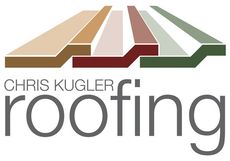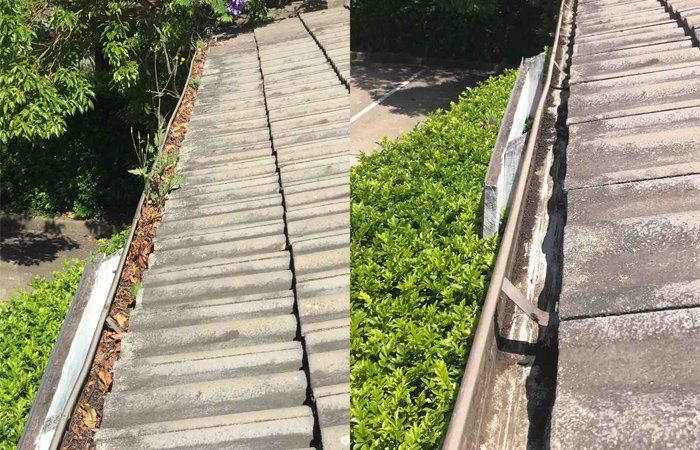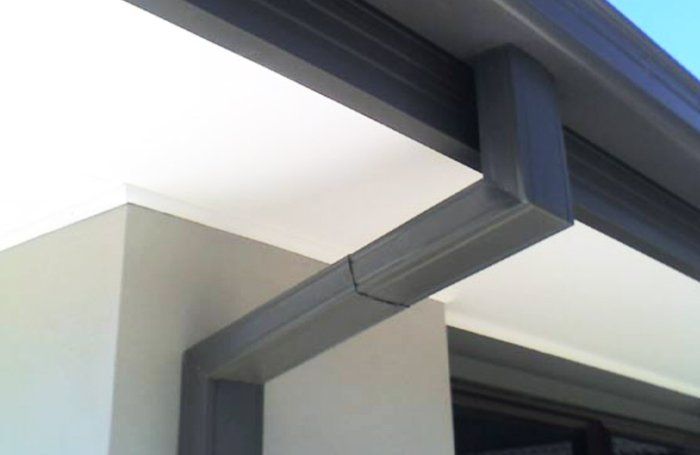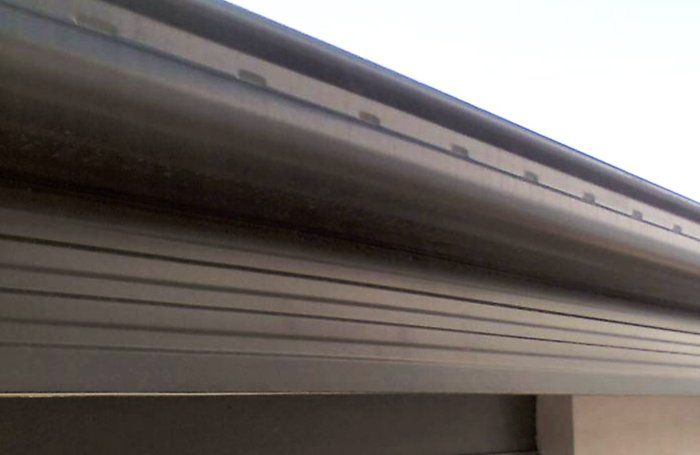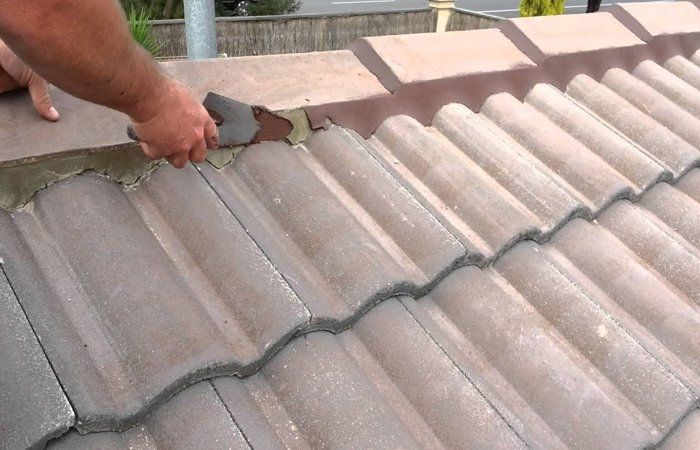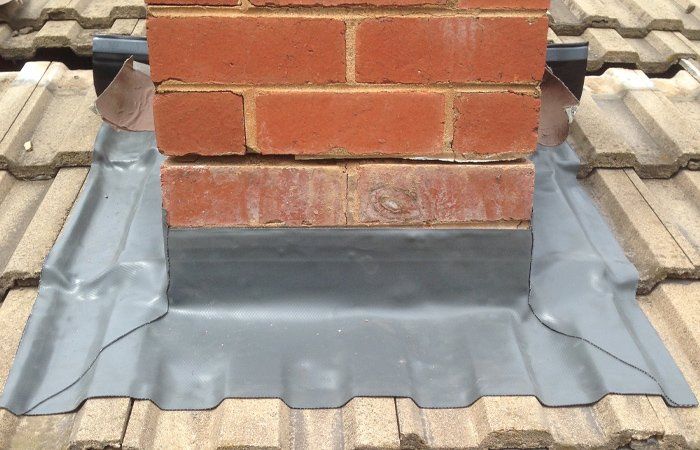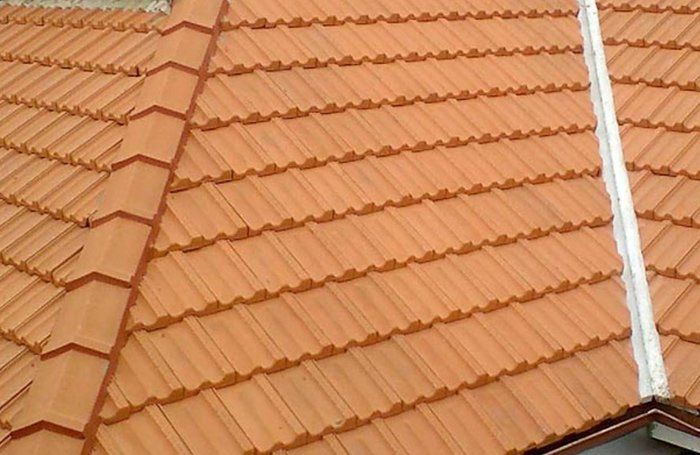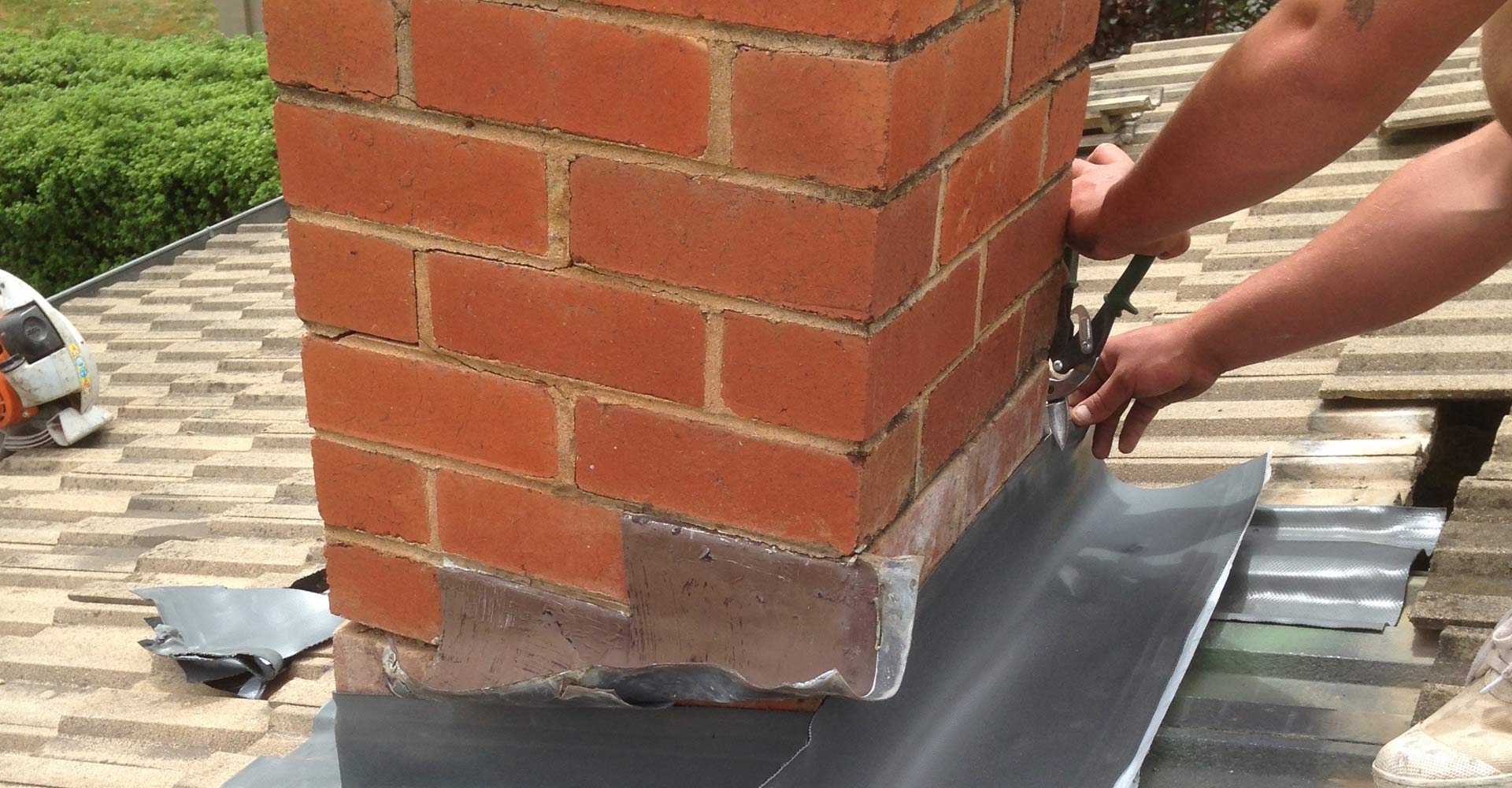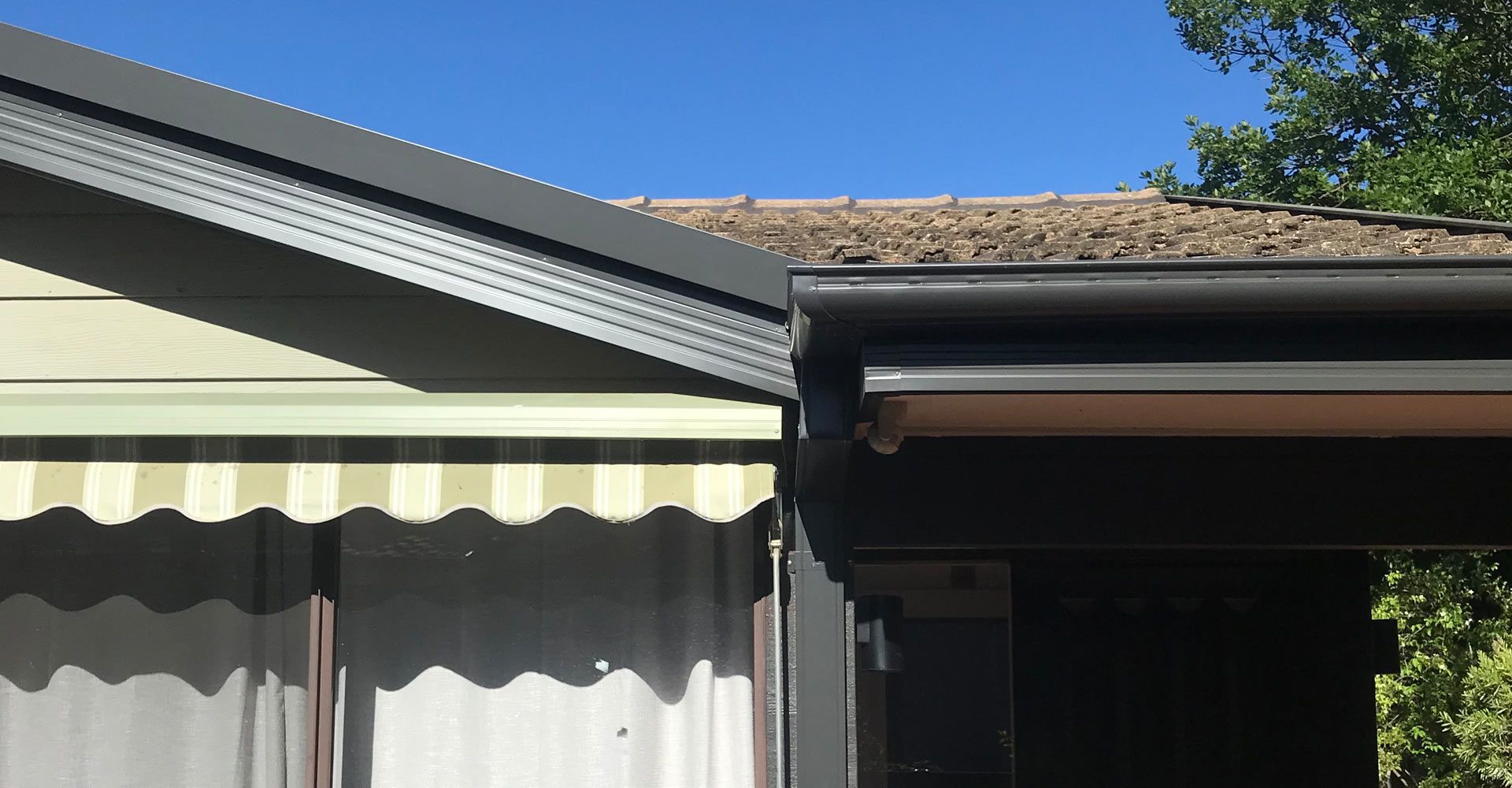Skilled Roof Services & Repairs in ACT
Explore Our Top-Quality Roofing Services from a professional team with over 30 years of industry experience.
OUR RANGE OF SERVICES
Gutter Vacuum Cleaning
Leave it to our experts to clean your gutter. Leaf guards are not an ideal solution for keeping your gutter clean.
Dirt and broken-down leaf debris washes into your gutter through the leaf guard and builds up, causing corrosion. Having a leaf guard makes cleaning your gutters much more difficult and expensive. Our vacuum cleaning service can remove all sorts of debris from your gutters.
Gutter and Downpipe Renewal
Houses may move quite a lot in their foundations, usually between wet and dry seasons. This can cause the gutters to lose their fall and results in water ponding away from the outlets, which can lead to premature corrosion and overflowing.
If you see water ponding after rain, then it is time to renew your guttering. Our experienced professional will inspect, identify the problem and provide the best solutions available.
Fascia Cover
Fascia covers are the best long term solution to consider at the time of renewing gutters. It protects the timber fascia from the elements and stops water degradation straight away. You never have to paint the timber again, saving money and time.
It also makes your house look a lot fresher and more modern. Gables will get a capping that goes over the pointed end, meaning no more re-bedding and pointing is required, again saving you future maintenance costs.
Ridge Capping
This is the most common maintenance requirement on tiled roofs. Because houses move over time, something must give in a solid structure. The ridge capping that runs along the junctions of your roof is what degrades due to this movement.
Normally re-bedding and pointing should be done approximately every 20 years, but this can vary depending on the amount of movement. Broken roof tiles are normally replaced as part of this process also.
Flashing Replacement
Normally done in conjunction with ridge capping. We replace all old lead flashings that have become brittle and cracked, with new synthetic flashings that don’t contain lead.
Leak Detection
Many customers have had multiple ‘roofers’ attempting to fix persistent long-term leaks. Chris Kugler Roofing has over 30 years of experience in finding and fixing leaks, and very rarely fails at finding a solution.
Not all leaks are visible straight away, but our approach is to rule out causes in layers, starting at the most obvious faults.
